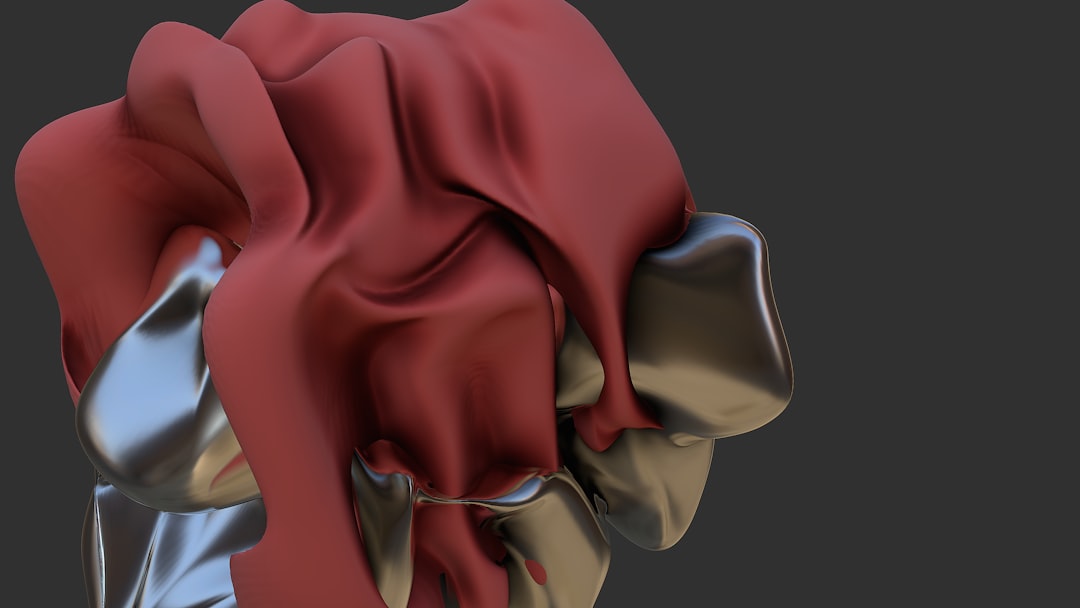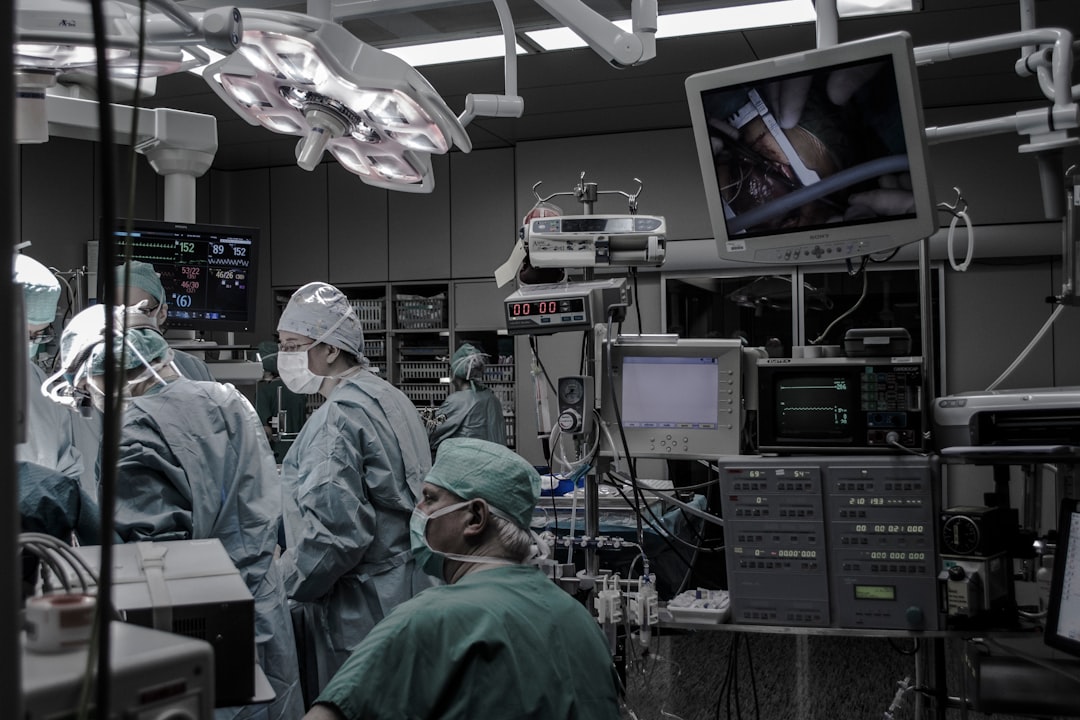GATE (Geant4 Application for Tomographic Emission) history: Unlocking the Evolution of Dental Visualization
The GATE (Geant4 Application for Tomographic Emission) program has come a long way since its inception. From its humble beginnings as a research software to its current status as a global dental visualization platform, GATE has undergone significant transformations over the years. In this article, we will delve into the history of GATE, exploring its evolution, key features, and how it compares to legacy tools in the field of dentistry.
Early Beginnings: The Research Phase
GATE was initially developed as a research software, designed to simulate and analyze various phenomena in the field of particle physics. The Geant4 toolkit, which GATE is based on, was created by a team of scientists at CERN, the European Organization for Nuclear Research. The toolkit was intended to provide a set of libraries and tools for simulating the interactions of particles with matter.
However, as researchers began to explore the capabilities of Geant4, they realized its potential applications in other fields, including medicine and dentistry. The first versions of GATE were developed in the early 2000s, and it quickly gained popularity among researchers and scientists.
Transition to Dentistry: The Rise of 3D Visualization
In the mid-2000s, GATE began to gain traction in the field of dentistry, particularly in the area of 3D visualization. Dentists and researchers saw the potential of GATE to create detailed, accurate models of teeth and jaw structures, allowing for more precise diagnoses and treatment plans.
The first dental applications of GATE focused on simulating the behavior of X-rays and other imaging modalities. However, as the software evolved, it began to incorporate more advanced features, such as 3D reconstruction and visualization.
Key Features and Advantages
So, what sets GATE apart from other dental visualization tools? Here are some of its key features and advantages:
- Accurate simulations: GATE’s simulations are based on real-world physics, allowing for accurate modeling of dental structures and phenomena.
- Customizable: GATE’s open-source nature means that users can modify and customize the software to suit their specific needs.
- Advanced visualization: GATE’s 3D visualization capabilities allow for detailed, interactive models of teeth and jaw structures.
Comparison to Legacy Tools
So, how does GATE compare to legacy tools in the field of dentistry? Here are a few comparisons:
| Feature | GATE | Legacy Tool 1 | Legacy Tool 2 |
|---|---|---|---|
| Simulation accuracy | High | Medium | Low |
| Customizability | High | Low | Medium |
| Visualization capabilities | Advanced | Basic | Intermediate |
As we can see, GATE offers a number of advantages over legacy tools, including its high simulation accuracy, customizability, and advanced visualization capabilities.
Conclusion
In conclusion, the GATE (Geant4 Application for Tomographic Emission) program has undergone significant transformations over the years, evolving from a research software to a global dental visualization platform. Its accurate simulations, customizable nature, and advanced visualization capabilities make it a powerful tool in the field of dentistry.
| Software | Features | Pros | Cons |
|---|---|---|---|
| GATE | Simulation, visualization, customization | Accurate simulations, customizable, advanced visualization | Steep learning curve, requires technical expertise |
| Legacy Tool 1 | Basic visualization, limited customization | Easy to use, affordable | Limited features, low simulation accuracy |




